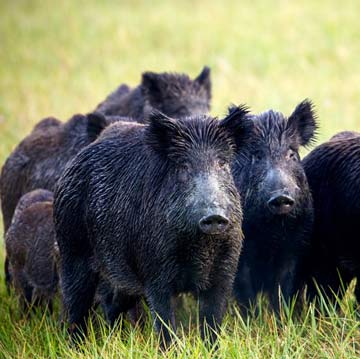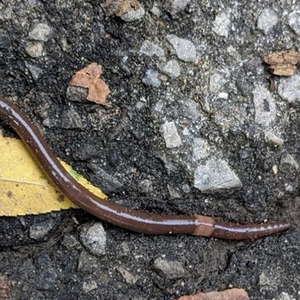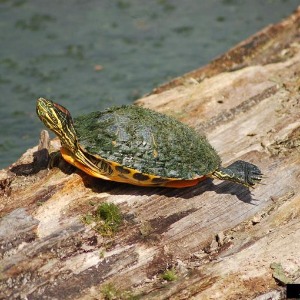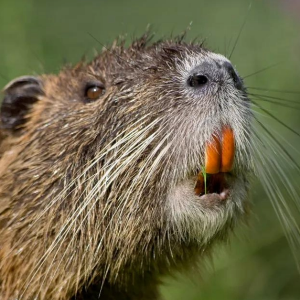Invasive land animals and invertebrates present a significant threat to terrestrial ecosystems because of their ability to spread disease, prey on or compete with native species, hybridize, and alter other important natural systems such as vegetation growth and soil quality. Invasive animals and invertebrates can accelerate biodiversity loss and cause disturbance, impacting the health of natural ecological communities.
The economic costs associated with managing the damage to natural regions and crops or pasturelands caused by invasive land animals and invertebrates can be substantial. Commercial, agricultural, and recreational interests may be negatively impacted by the establishment of these invasive species because of their capacity to weaken biodiversity and its related processes, and the economic systems that rely on them.
Like many invasive species, invasive land animals and invertebrates may be spread unintentionally as a result of human activities, such as escape from enclosures. A lack of natural predators and controls allows them to proliferate and take over natural landscapes. Invasive species are widely recognized as one of the leading causes of biodiversity loss on a global scale and invasive land animals and invertebrates contribute to this issue by actively changing the ways in which ecosystems function.

Wild Pigs
Wild pigs (Sus scrofa) are one of the most invasive terrestrial mammals worldwide. They are native to Eurasia and parts of North Africa. Spread of wild pigs has been primarily through human introduction; they are also expanding through natural dispersal.

Jumping Worms
Introduced to North America in the late 1800s, they have recently begun invading natural habitats in the Northeast and Midwest, spreading primarily through horticultural trade. There is also a possibility of their introduction through sale as baitworms, however, this has not yet been documented in Canada.

Red-Eared Slider
Red-eared sliders (Trachemys scripta elegans) are an invasive turtle species to Canada, originating from the Mississippi River waterways of the United States. A world traveler, this turtle species has introduced populations on every continent except Antarctica.

House Sparrow
Native to Eurasian, northern Africa, and most of Europe, this species became invasive following their intentional release into Brooklyn in the mid-1800s as a control method to decrease linden moth populations

Nutria
Nutria has been listed as being among the 100 worst invasive species in the world by the International Union for Conservation of Nature (IUCN).
